Description
Raloxifene HCL (Raloxifene Hydrochloride) is a selective estrogen receptor modulator (SERM), similar in class to tamoxifen (Nolvadex) and clomiphene (Clomid), but with a different medical focus.
What it is
-
Type: SERM (Selective Estrogen Receptor Modulator)
-
Chemical form: Hydrochloride salt (HCL) for stability and oral use
-
Action:
-
Blocks estrogen activity in some tissues (like breast)
-
Mimics estrogen in others (like bone)
-
-
This selective action means it can protect bone density while reducing estrogen-driven risks in certain tissues.
Medical uses
-
Approved:
-
Prevention and treatment of osteoporosis in postmenopausal women
-
Reducing risk of invasive breast cancer in certain high-risk women
-
-
Mechanism in medicine:
-
Antagonist at estrogen receptors in breast tissue → anti-cancer effect
-
Agonist at estrogen receptors in bone → preserves bone mineral density
-
Bodybuilding / sports uses
-
Not a top-tier PCT drug like Nolvadex or Clomid, but sometimes used:
-
Gyno treatment – blocks estrogen in breast tissue, especially useful in cases of gyno flare-ups
-
Estrogen control – mild help without significantly lowering estrogen systemically
-
-
Less common in standard PCT protocols because it’s not as strong at stimulating LH/FSH compared to clomiphene or enclomiphene.
Dosage
-
Medical: Typically 60 mg once daily
-
Bodybuilding anecdotal use: 60–120 mg daily for short-term gyno treatment (not well studied in men)
Popular brand names
-
Evista – most common pharmaceutical brand
-
Ralista – used in some Asian markets
-
Ralox – generic market name
Category for marketing
-
SERM (Selective Estrogen Receptor Modulator)
-
Anti-Estrogen
-
Gyno Treatment / Breast Tissue Estrogen Blocker
-
Hormone Modulator
Raloxifene can be used in a PCT context, but it’s not a common first choice.
It’s generally better suited for treating or preventing gynecomastia rather than fully restoring testosterone after a cycle.
Why it’s not a standard PCT base
-
Raloxifene is very strong at blocking estrogen in breast tissue (better than Nolvadex for gyno reversal in some studies).
-
But it’s less potent at stimulating LH/FSH compared to Clomid or Enclomiphene — which are the main hormones needed to restart testosterone production.
-
This means raloxifene is often used as a specialized SERM in PCT rather than the sole SERM.
Possible PCT Use Cases
1. Standalone (rare)
-
For mild cycles where testosterone suppression is minimal, some may run:
-
Raloxifene 60 mg/day for 4–6 weeks
-
-
Goal: Moderate testosterone support + strong anti-gyno effect.
2. Combined with other SERMs (more common)
-
For example:
-
Enclomiphene 25 mg/day (LH/FSH stimulation)
-
Raloxifene 60 mg/day (anti-gyno protection)
Duration: 4–6 weeks
-
3. Gyno-focused protocol
-
For reversing gyno (including during PCT), anecdotal bodybuilding protocol:
-
First 2–4 weeks: 120 mg/day
-
Next 2–4 weeks: 60 mg/day
-
Often combined with an aromatase inhibitor (AI) if estrogen levels are high
-
Key Points
-
Raloxifene is more selective for breast tissue than Nolvadex or Clomid, which makes it valuable in gyno treatment.
-
If the main PCT goal is restoring testosterone, Clomid or Enclomiphene is more effective — but adding raloxifene can give extra estrogen protection.
-
Should be paired with bloodwork monitoring.




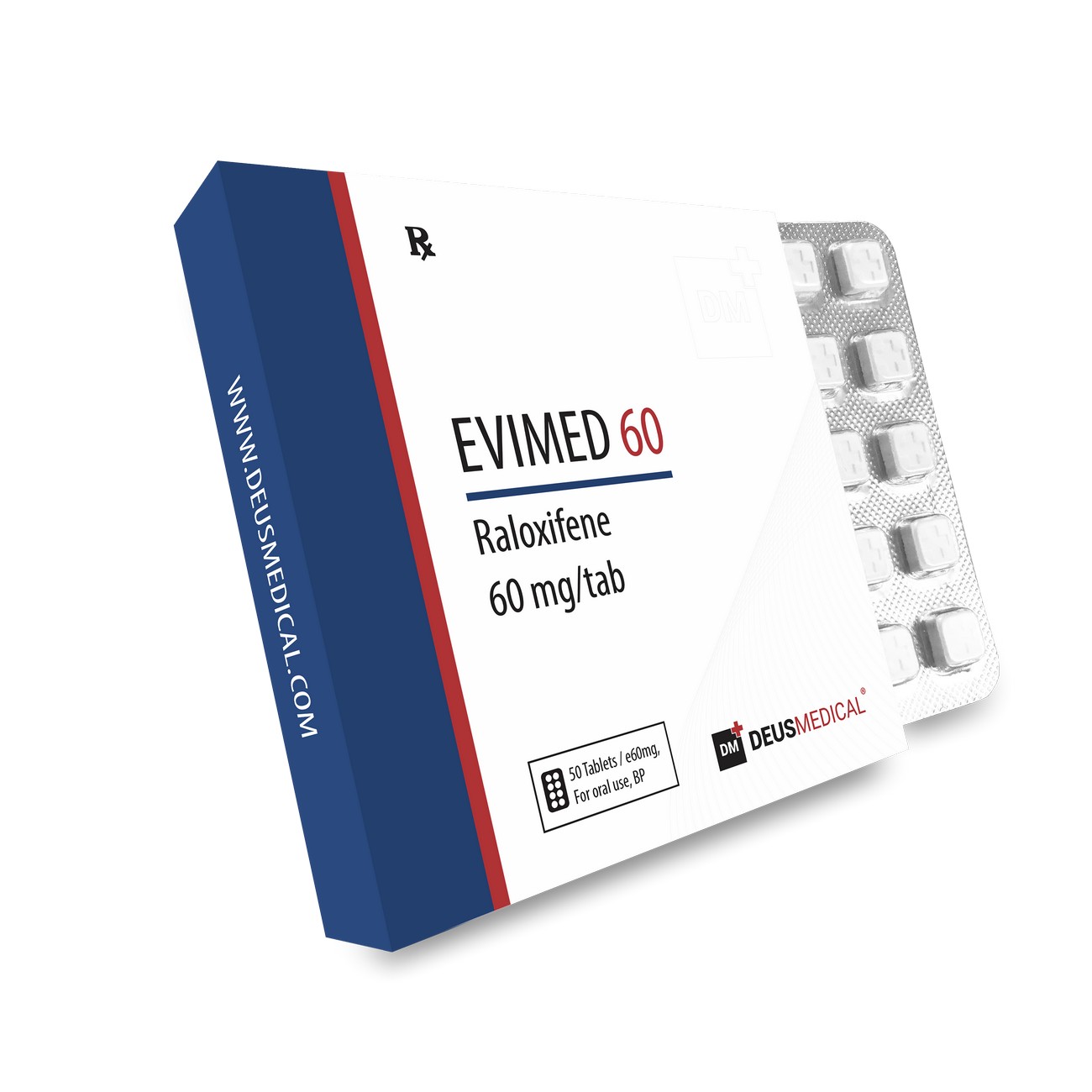
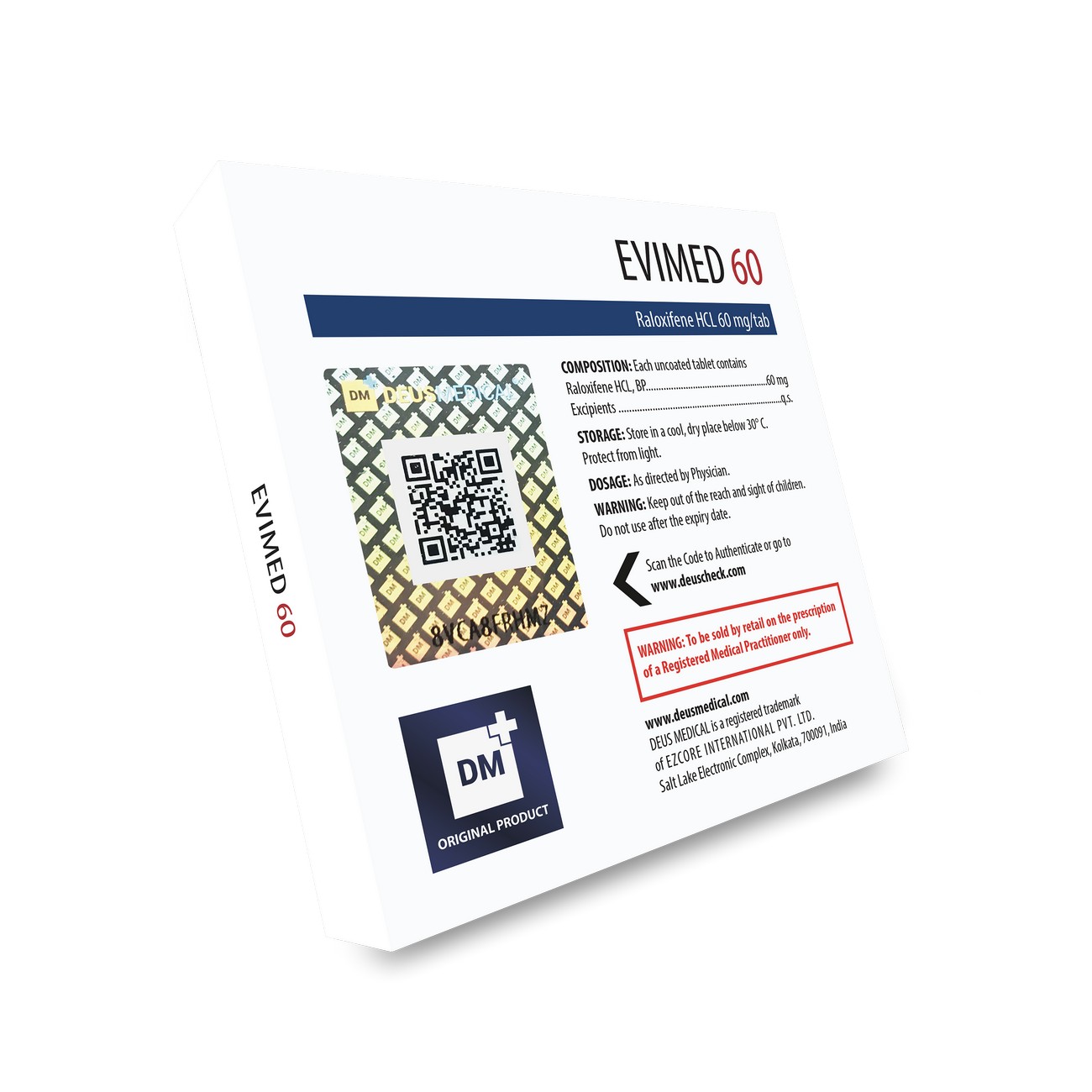
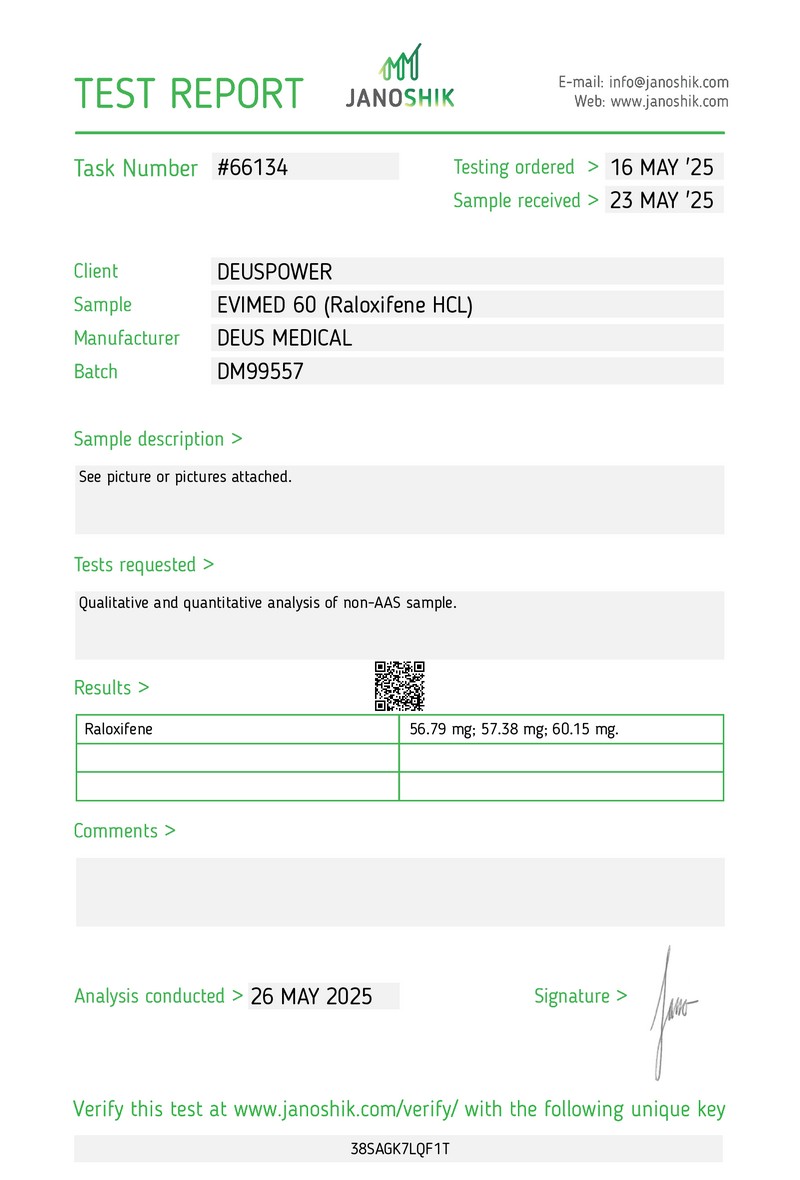
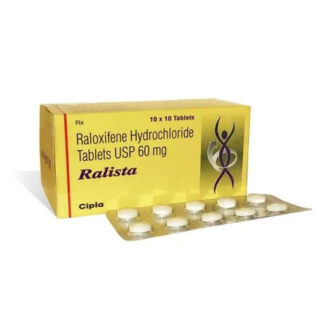
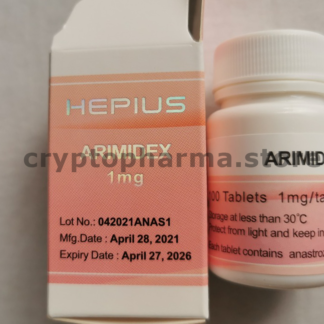
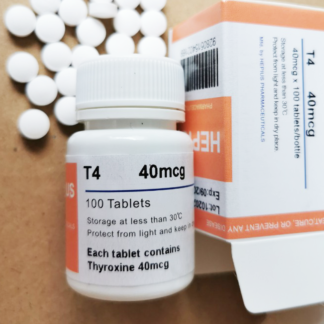
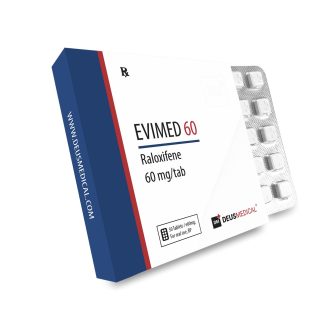
Reviews
There are no reviews yet.